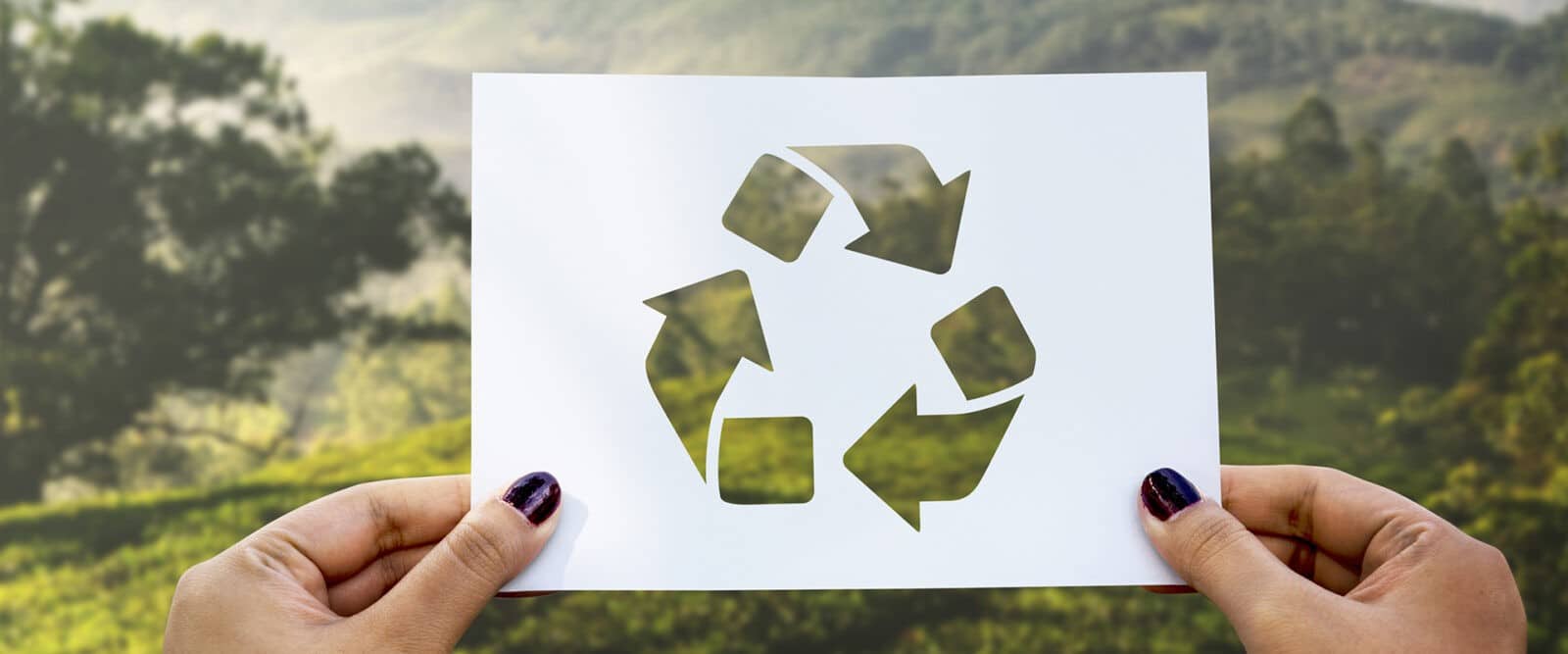Moving can be both exciting and stressful. In addition to having to pack and unpack all your belongings, you have to deal with dozens of details and preparatory tasks. Fortunately, you can reduce the stress and environmental impact of your move by opting for eco-responsible solutions. Indeed, you can donate or reuse your reusable belongings during the move and thus minimize the amount of goods to be transported. In this article, we will explain how to organize an eco-responsible move by donating your belongings to charity. We’ll show you how to value and sort your belongings and give you tips on how to reuse reusable goods. With these tips, you can organize an eco-responsible move that will reduce your ecological footprint and help you feel good about your new home.
Define your need

Moving can be complex and time-consuming. One of the best ways to make it greener is to donate reusable goods. This ensures that your belongings don’t end up in landfills and others benefit from them. The first step is to define your need. Start by taking an inventory of all the things you want to give. Once you’ve determined which assets are reusable, decide which organizations or individuals might be interested. You can search the internet, talk to members of your community, or visit local organizations to find potential beneficiaries. If you are aware of the needs of your community, you can better direct your donations. Once you have identified the recipients of your donations, get in touch with them and plan your move.
Collect reusable goods
It is obvious that the eco-responsible move will involve a reduction in environmental impact. Collecting reusable goods is a good way to reduce the waste generated by a move. This practice, which consists of taking objects that can be reused by third parties, can be implemented before the move. To begin with, it is necessary to collect reusable goods to donate. To do this, you can call on your entourage, your neighbors, charities or property recovery centers. You can also go to thrift stores or recycling warehouses to find items that you can get rid of easily. Once the reusable goods are collected, you can donate the items to charity, sell them to second-hand stores, or exchange them for other goods. You can also hold a garage sale to sell the items at a discounted price. It is important to determine whether the items to be given or sold are still useful or can be repaired before being made available to third parties.
Find volunteers to help you
Nonprofits can be of great help when organizing an eco-friendly move. They can provide volunteers who will offer their time and effort to help move. Associations can also provide you with information on best practices and ways to reuse goods to reduce waste and improve the environment. In addition, by using volunteers, you can save a lot of money on moving costs. Indeed, you can find volunteers who are willing to offer their services for free, which will save you a large part of the costs of your move. In addition, you will be able to find volunteers who will work with you to help reuse goods and materials that will be good for the environment. And finally, by recruiting volunteers, you can also benefit from their experience and advice to organize your eco-responsible move.
Organize the transport of goods
Moves are often associated with short-lived disposable products, which can generate waste or be highly polluting for the environment. To organize an eco-responsible move, the transportation of goods must be properly planned. The first step is to think about how to rearrange the things that need to be moved and decide on the most appropriate type of transportation. Whenever possible, you should opt for public transport and/or carpooling to limit the number of private cars. It is also important to ensure that all containers containing the goods to be moved are robust and reusable, which means that they can be easily reused for another activity and avoids producing bulky waste. You can also consider giving away the goods you no longer need, rather than throwing them away. Many charities and non-profit organizations are happy to welcome reusable goods and offer them to those who need them most. Once you’ve determined the type of transport and the number of containers you need, it’s essential to plan ahead to ensure the right transport is available. Finally, in order to minimize the environmental impact, you will need to ensure that all goods are loaded and unloaded in an energy-efficient manner.
Plan to donate goods to local associations
When you move, it’s important to think about how you’re going to donate your reusable belongings to local charities. Planning ahead is essential to ensure a smooth transition to your new home. It is important to know which local associations accept donations and what types of property are accepted. You can search online to find local charities that may be accepting donations of reusable goods. You can also contact these charities directly to learn more about their donation policies. Once you’ve found local charities that support donations of reusable goods, you can move on to the next step: plan to donate reusable goods. A good practice is to classify reusable goods according to their condition. This makes it possible to know precisely which reusable goods can be donated to local associations and which goods can be donated to friends or family members. You can also take pictures of reusable assets to share with local charities and give them the opportunity to check the condition of the assets.
